This was one monsoon season, some twenty summers ago, where the hills of Darjeeling were soaked by non stop rain and surprised by sudden break of sunlight, refracting picturesque rainbows and people welcoming the sun-shower with folkloric songs of the foxes marriages. The fresh crystal rain drops from the washed green needles of the pine trees dip and where flash floods across the other side of hill, erupts into sudden waterfalls, a sight everyone, every time of this year yearns to see from my side of the village called Bhutia Busti.
It was such a day, I remember, when I was at my grandma’s house, our dear Momola (granny) from my father’s side, peering at the sight from the window of the wooden house of the second floor, to an open valley below. Comfortably rested upon a raised bed, pillows tucked under my back directly facing my grandma, who was busy on her rosary murmuring prayers on the other side of the L shaped bed, traditionally placed with Tibetan carpets and table in the middle, an altar facing east, a typical Tibetan living and sleeping room combined.
As a teenager then, I was always fascinated of our lost country Tibet. At every opportune time, I would ask my grandma about her unthinkable escape and their life in Kongpo, western Tibet. I wished I had iPhone then, to instantly record her story, many memorable moments my faint memory can’t recall. I have already heard all of her stories except for this and it got me into thinking and wonder even to this day, as to how many treasures troves from wealthier families in Tibet were hidden on the mountains and caves of Tibet, not to say my grandparents had lot of wealth to hide, but generally speaking as of the procrastinated efforts many were thrown into when occupation intensified.
Sensing the political upheaval and imminent full fledge occupation of Tibet, many shrewd calculated Tibetans, under the pretext of pilgrimage to India and Nepal, were able to astutely get out the country prior to 1959 with enough wealth and just like they planned, many of those led comfortable lives even in exile. The rest trekked following the crushed uprising, to trace His Holiness’s foot across the Himalayas with nothing more than their personal belongings on their backs and with their yaks, only as far as they could, many of which were left stranded, when they were not able to cross one of the many geographical barriers. One poignant moment, my grandma recalled was when she heard the cries of the yaks left across the river forever on their own and her unstoppable tear-filled eyes.
Just like many stories of Jewish holocaustic era, at a time in Western Europe under Nazi genocidal repression, when many families were forced to escape for their lives and hide their wealth, similarly, my grandparents told me that when they fled Nyitri, Kongpo, they thought that their escape would be temporary and would one day in the distant future, see themselves back home and like many Tibetans I believe, hid their wealth on the mountains like my grandparents allegedly said she did.
Tibet’s society back then, it seems embellished on precious rarity like gems, gold and silverware. Even today, when photos of Tibet’s festival surface on the Internet, we are at awe to fathom the values of those necklaces and other jewelry they adorn that are priceless! One dzi, a rare nine eyes, an expert would know, could fetch you a house here in the US, when people are tied to pay mortgage for thirty years. It’s not my intent here to highlight the value of these precious ornaments, but familiarize us, as we all are, and give you a sense of how much wealth in valuation, probably inconceivable at that time, might be buried in the frozen plateaus of Tibet leading to 1959.
After Mao’s decimation of Tibet, many Tibetans families including my parents and grandparents were reduced to destitute overnight. My momola, wore a necklace while escaping, and by the time she reached her final refugee settlement in Darjeeling, almost 70 percent of the previous stones that comprised her necklace were gone, either through bribery or were sold at dirt cheap price to hawkish shopkeepers for basic amenities to meet.
To give you an idea, as many I believe already know, apart from the priceless artifacts housed in the Potala palace and thousands of monasteries, it’s believed that when Dalai Lama crossed the frontier into India, they needed 1000 mules to bring the treasure from Lhasa to Gangtok, Sikkim and later 10 aircrafts were chartered to carry it to a vault in Calcutta. Not to speak about how many fortune were left back home that were impossible to be ferried.
It’s also believed that some more of the Dalai Lama’s treasure were buried in some caves in southern Tibet near the route to Sikkim and the Chinese having heard of this are still searching and digging in the frozen earth.
The caves and mountains of Tibet is buried not only with wealth, but tragic dreams too. Every wealth buried had its own story to tell and its own dream to live. This was my grandma’s story, a single story, yet intertwined to events larger and more compelling than her life and it seems, she along with my grandpa and my dad, uncle and aunt, just got caught into the thick of history, that was being written on bloody ink and had no clue for the world that awaited them.

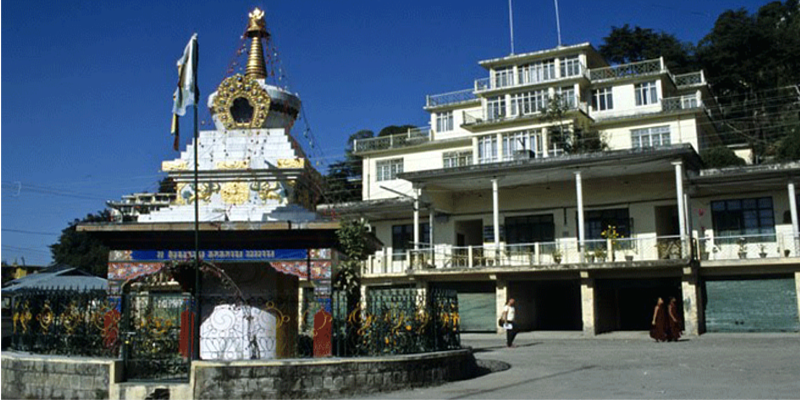
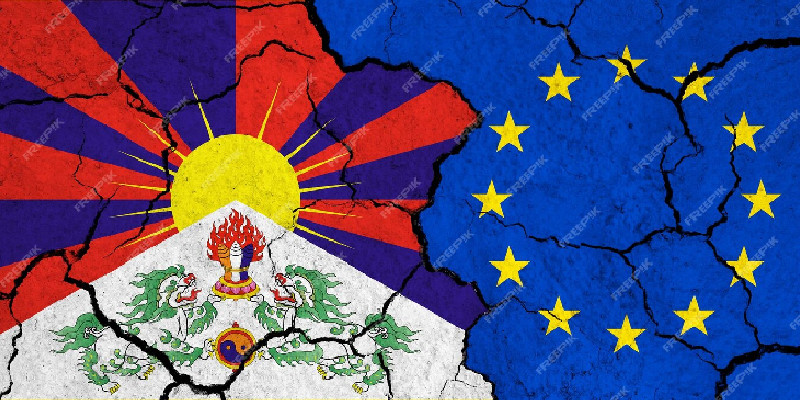
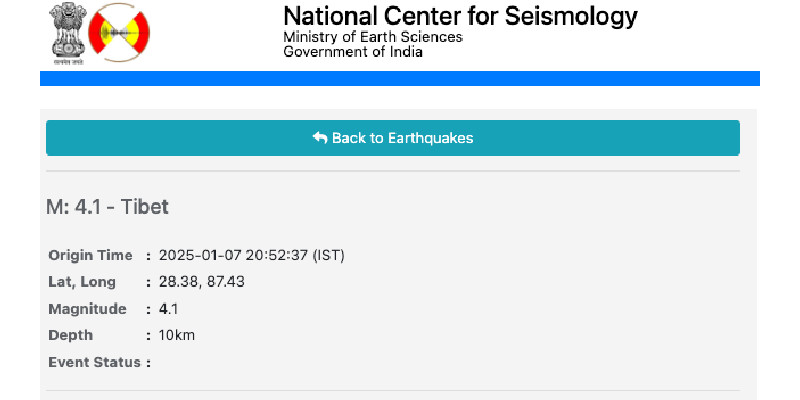
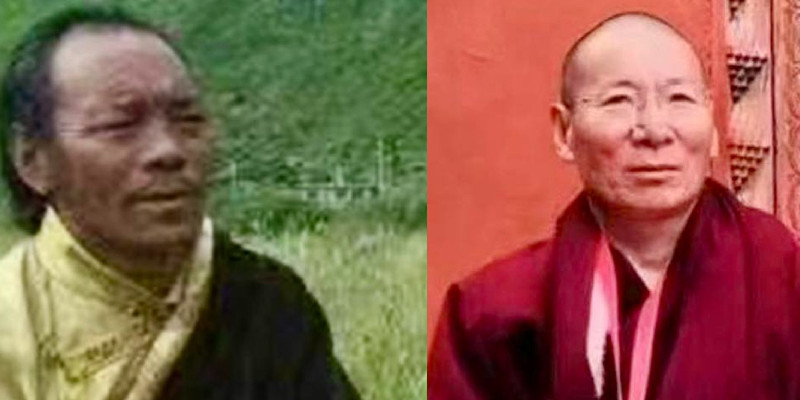
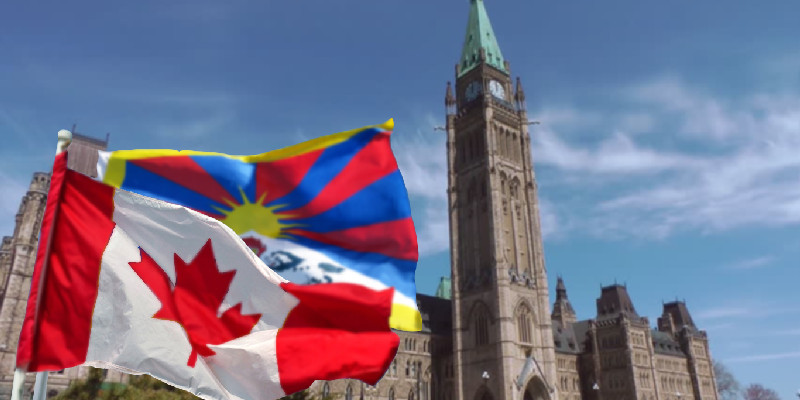

Leave a Reply